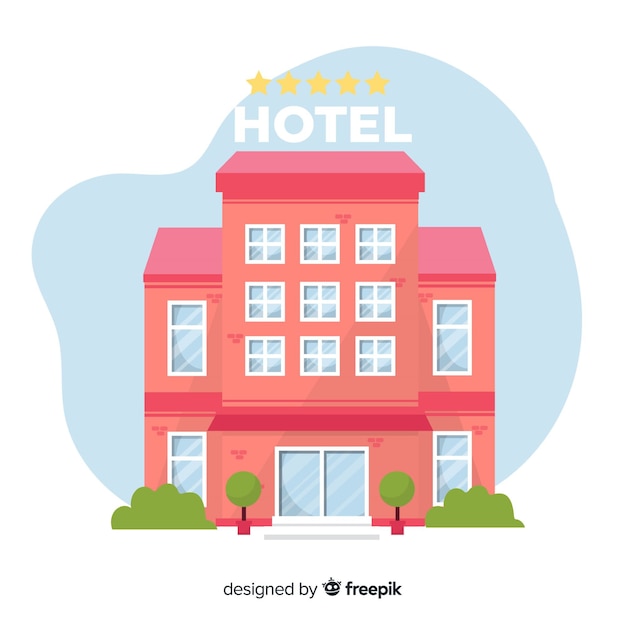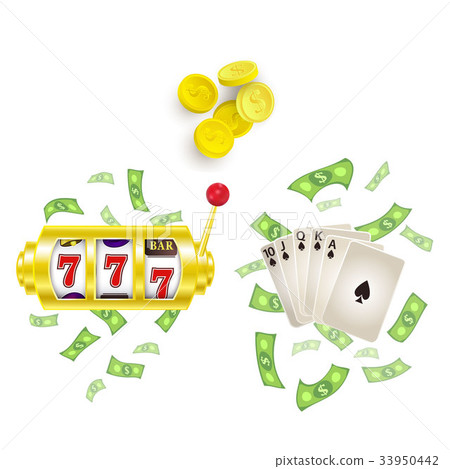Flat Casino Illustration


Flat Casino Illustration Images
Slot Machine Flat Design Casino Icon with Side Shadow A flat design styled casino icon with a long side shadow. Color swatches are global so it’s easy to edit and change the colors. Slot machine stock illustrations. Vector illustration Casino Jackpot and poker club isolated promotional emblems set The set of flat casino icons with long shadow Luxury casino 777 isolated minimalistic promotional cartoon emblem Sign of poker red and white chip flat design.
Flat Casino Illustration Ideas

FRANKFURT.- It's a question as old as the history of photography itself: what is the relationship between painting and photography? Today the question could be specified: What is the relationship between painting and digital photography? In the works of Marcus Gundling's solo exhibition As I Please, both media are inextricably linked. Painting becomes a dark room. In it the artist develops his 'negatives', photographs processed on the computer, into object-like surfaces.
Marcus Gundling comes across countless images in the digital world of the Internet, from which he subjectively - As I please - selects and saves only a few. He often deletes annoying elements that actually determine the information content. This gesture is like a painterly one: he abstracts or removes (lat. Abstrahere = peel, separate, remove) the informative level of those parts of the picture that would often have remained undetected by the eye: backgrounds, details or special nuances. These modified images are Gundling's sketches. Sometimes the software editing tools become part of the image; as in his work “Ohne Titel” (2020): The large circular shapes come from the retouching tools in the program. The layered lamella levels within the painting are also traces of the processing options on the computer. In addition, the flickering over the painting refers to a moiré effect created between the camera and the screen, a marbled raster layer that also lies over the slats, circles and rectangles.
Gundling finally developed his photographic distillates in a complex, painterly process on various image carriers. Layer by layer, from light to dark, he works with ink, watercolors and synthetic resins. Similar to the development process in a dark room, his motifs appear ever more densely. The physically looming, glossy or transparent-waxed image areas arise from the reaction of the layers of color with the material painting grounds; it is only painterly that the codes of the 'digital negatives' appear completely. The work “Ohne Titel” (2020) shows roughly superimposed, bluish-dark and gray-pale grids. The motif in front and back is repeated in the layering of the picture carriers: Gundling paints the net structures on the canvas and on the plexiglass above. Analogous to the stacking of the image layers in Photoshop, but ultimately flat, i.e. remains in one area, the artist stacks his picture. Here the motif and the way of representation materialize into the object-like, the multi-layer surface.
The conceptual style of painting by the artist Marcus Gundling is not based on simplifying antagonisms, just as the world cannot be divided into a digital, analogue or real one today. In the connecting between the media of painting and digital photography, the artist - As I Please - develops very own possibilities of image generation. He creates works that testify to the complexity of the present.
Marcus Gundling comes across countless images in the digital world of the Internet, from which he subjectively - As I please - selects and saves only a few. He often deletes annoying elements that actually determine the information content. This gesture is like a painterly one: he abstracts or removes (lat. Abstrahere = peel, separate, remove) the informative level of those parts of the picture that would often have remained undetected by the eye: backgrounds, details or special nuances. These modified images are Gundling's sketches. Sometimes the software editing tools become part of the image; as in his work “Ohne Titel” (2020): The large circular shapes come from the retouching tools in the program. The layered lamella levels within the painting are also traces of the processing options on the computer. In addition, the flickering over the painting refers to a moiré effect created between the camera and the screen, a marbled raster layer that also lies over the slats, circles and rectangles.
Gundling finally developed his photographic distillates in a complex, painterly process on various image carriers. Layer by layer, from light to dark, he works with ink, watercolors and synthetic resins. Similar to the development process in a dark room, his motifs appear ever more densely. The physically looming, glossy or transparent-waxed image areas arise from the reaction of the layers of color with the material painting grounds; it is only painterly that the codes of the 'digital negatives' appear completely. The work “Ohne Titel” (2020) shows roughly superimposed, bluish-dark and gray-pale grids. The motif in front and back is repeated in the layering of the picture carriers: Gundling paints the net structures on the canvas and on the plexiglass above. Analogous to the stacking of the image layers in Photoshop, but ultimately flat, i.e. remains in one area, the artist stacks his picture. Here the motif and the way of representation materialize into the object-like, the multi-layer surface.
The conceptual style of painting by the artist Marcus Gundling is not based on simplifying antagonisms, just as the world cannot be divided into a digital, analogue or real one today. In the connecting between the media of painting and digital photography, the artist - As I Please - develops very own possibilities of image generation. He creates works that testify to the complexity of the present.